PDF chapter test TRY NOW
Bee-keeping or apiculture is raising, caring for honeybees, and maintaining of beehives by humans for harvesting honey.
Since honey is widely used, bee-keeping has become an agricultural enterprise to generate additional income for the farmers. Bee-keeping requires low investments. Beehives also provide wax that is used in several medicinal preparations.
For the commercial production of honey, bee farms or apiaries are maintained. 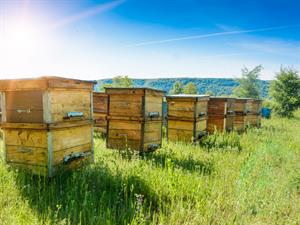
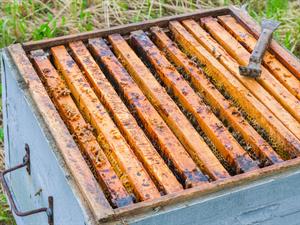
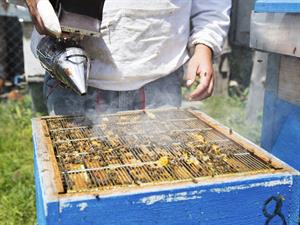
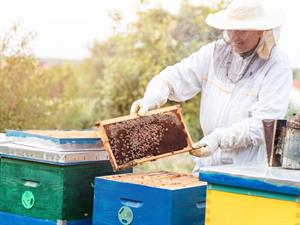
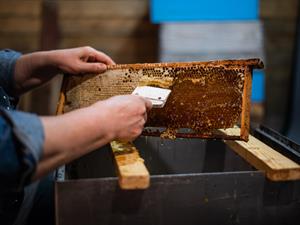
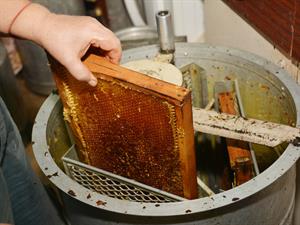
An apiary is a place where multiple beehives are kept and managed by a beekeeper for the commercial production of honey.
Setting up of an apiary:
1. Choosing the appropriate apiary site - The site should be dry, and not be damp. Water source (natural or artificial) must be provided. Plants that yield pollen and nectar to bees are termed bee pasturage or forage. Bee pasturage must be plenty.

Choosing appropriate apiary site
2. Beehive selection: Beehives are four-sided and have various wooden frames. The wooden frames are present inside the brood chamber. The frames are where the bees build their honeycomb. The hives have a bottom board and cover. There are various types of beehives present. The appropriate beehive according to the cost and the material (wooden or plastic) are chosen.

Beehive
3. Choosing bee variety: Once the hive is chosen, the bee variety is chosen. A package of bulk bees with hives can be purchased along with a queen. The other methods are baiting the swarms and transferring of bees from feral nests (natural nests) to the hive.
4. The colony of bees must be managed to obtain substantial amounts of honey. Artificial feeding can be supplied when the natural source of nectars are not enough. Sugar syrup can be used as an artificial feeder.
5. After sufficient growth of the honeycomb, the smoker is used to calm the bees and to drive away from the bees.

Smoker to calm the bees
6. A knife is used to scrape off the wax from the comb. The frames are then placed in the honey extractor to extract the honey.



Bees used for commercial honey production:
The varieties of bees used are:
| Scientific name | Common name |
| Apis cerana indica | Indian bee |
| Apis dorsata | Rock bee |
| Apis florae | Little bee |
| Apis mellifera | Italian variety of bee |
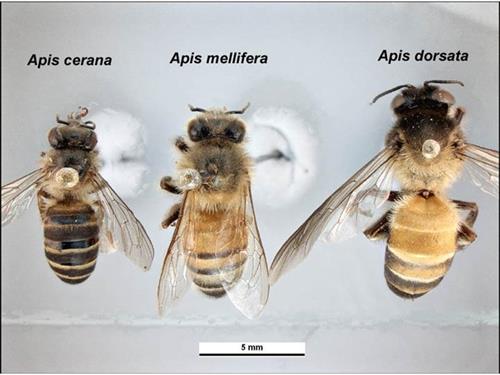
Different species of bees
Why is Italian bee variety preferable for commercial production?
A.mellifera provides a higher yield of honey since they have a high honey collection capacity. A.mellifera stings lesser than that of the local variety bees. A.mellifera stays in a beehive for a longer time period and has a longer breeding period.
Honey bee castes:
Every honey bee colony or the beehive comprises of:
1. A queen (fertile, functional female that produces eggs) is the supreme bee in the colony
2. Hundreds of drones (smaller male insects that maintain the hive), and 3. Thousands of worker bees (smallest, active and sterile females). Worker bees perform different functions that include the collection of nectar from flowers, construction of the honeycomb, cleaning and guarding the hive.
The quality of the honey depends on the:
1. Flowers that are available to the bees. There should be enough pasturage or flower availability so that bees can collect enough nectar from the pollen.
2. The pollen grain of the flower decides the quality, quantity and taste of the honey produced.
Reference:
https://commons.wikimedia.org/wiki/File:Apis_species.jpg
